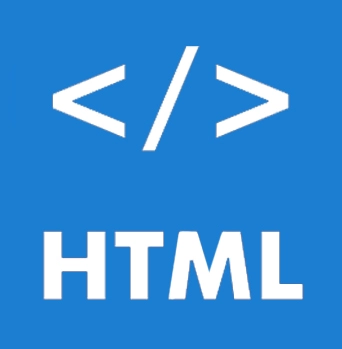


In this tutorial, you will completely learn the fundamentals of HTML, from the basic level to the advanced level step-by-step. In this, we will learn about Set-up the environment for the HTML, the structure of the HTML document, different types of tags, so on. We will go through example programs to get familiar with HTML and we also arranged the programs in such a manner that a beginner can learn the codding from base to the advanced level, and we have also made available the interview questions for all levels of HTML learners and job seekers.
HTML is an abbreviation for HyperText Markup Language. HTML is the fundamental building block of the World Wide Web. Hypertext is the text presented on a computer or other electronic device that contains references to other text that the user can access immediately, usually with a mouse click or keypress. In addition to text, hypertext may include tables, lists, forms, images, and other presentational elements. It is a simple and adaptable format for sharing information over the Internet. Markup languages use sets of markup tags to characterize text elements within a document, giving web browsers instructions on how the document should appear. HTML was created in 1990 by Tim Berners-Lee. He is also referred to as the "Father of the Web." The World Wide Web Consortium (W3C) took over responsibility for maintaining HTML specifications in 1996. HTML was also recognized as an international standard (ISO) in 2000. HTML5 is the most recent version of HTML. HTML5 allows for faster and more robust web development.